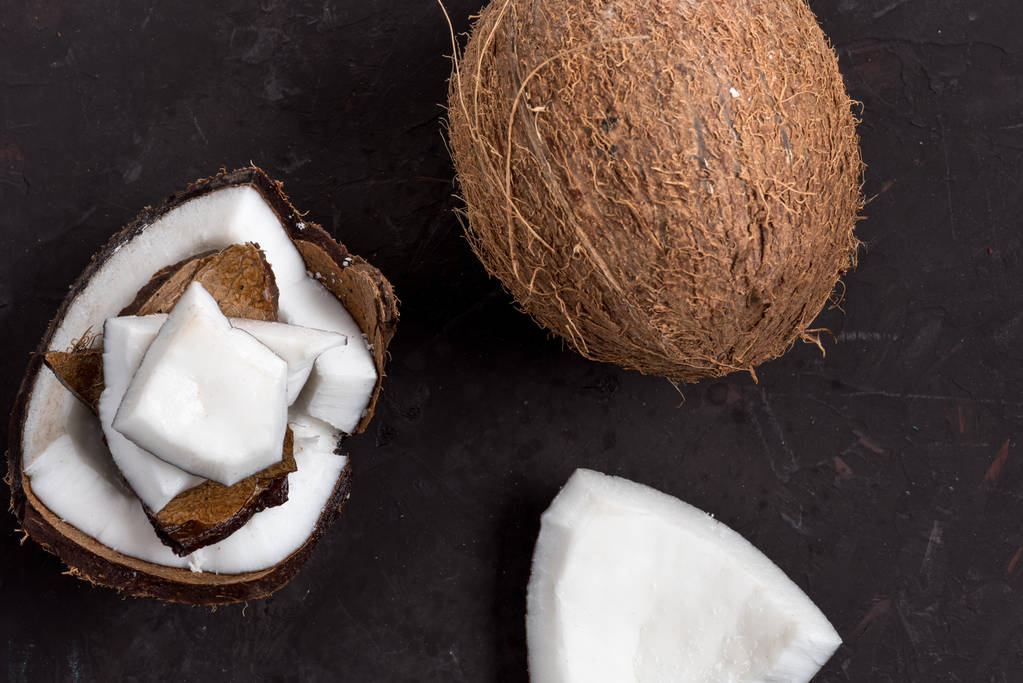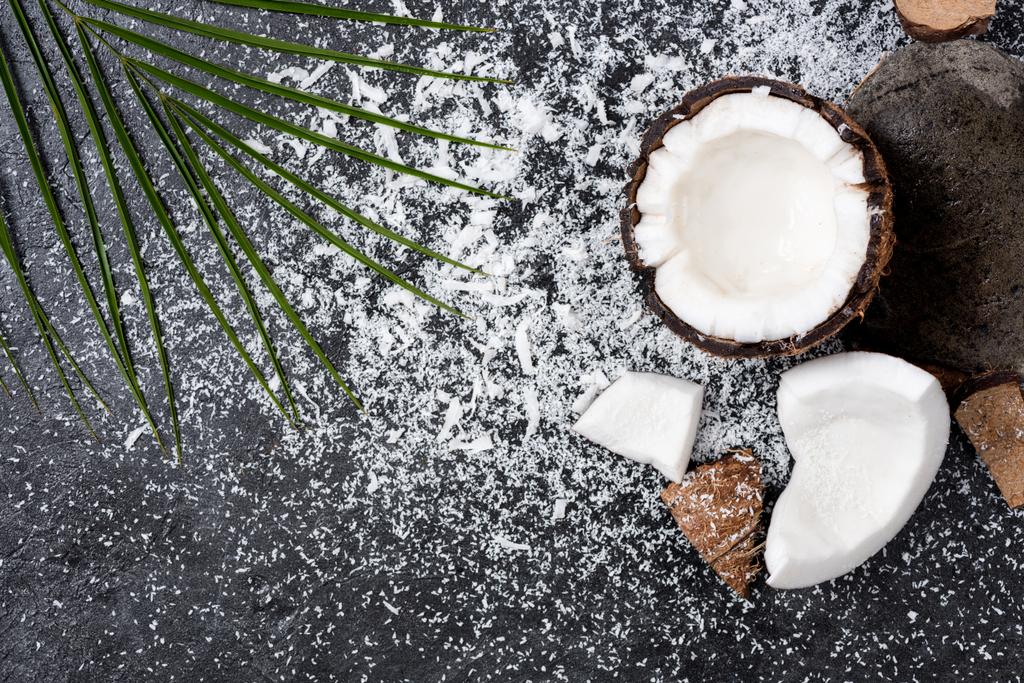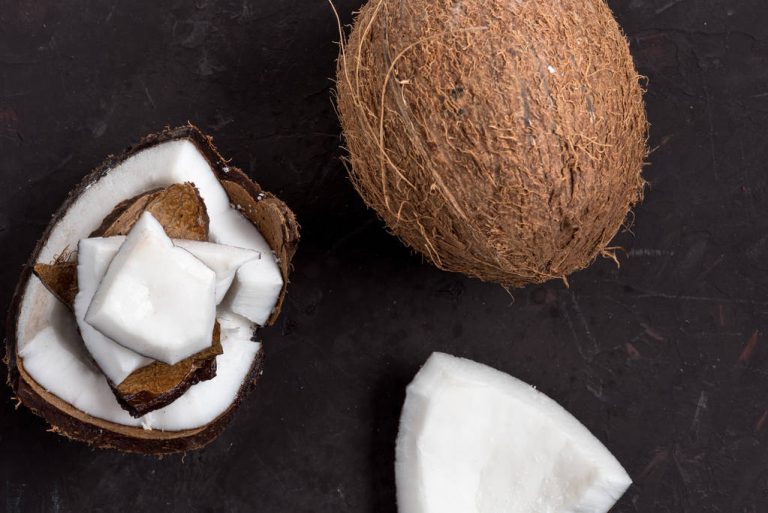The coconut: a healthy superfood or just an environmentally harmful hype? Coconut products are as popular as they are versatile – from fitness drinks to skin care products. But how healthy is coconut really? And how sustainable? Utopia does the fact check.
Coconut milk is considered a delicious vegan substitute for cream, coconut water is said to be a healthy fitness drink and coconut blossom sugar is said to be the perfect substitute for conventional sugar. Coconut oil has been praised as a miracle cure for a few years anyway: It is said to help you lose weight, care for skin and hair, protect against ticks and even work against Alzheimer’s.
The fact is: coconut in all possible forms is booming. But what can the coconut and its products really do? And what does the trend mean for the environment? Utopia got smart.
Botanical information about the coconut palm
Strictly speaking, the coconut is not a nut at all, but the stone fruit of the coconut palm. Little is known about the original origin of the plant, since coconuts can float in the sea for a long time without losing their ability to germinate. Today the palm tree is native to the entire tropical belt.
Coconut palms need warm temperatures and a lot of rainfall all year round – that’s why they grow in tropical regions. The main growing countries are the Philippines, Indonesia and India, which share most of the market. Sri Lanka, Vietnam, Mexico and Malaysia are also among the top producers, depending on the source Brazil, Thailand, Tanzania, Myanmar and the Ivory Coast are also included.
Coconut palms are unusual trees: they grow up to 30 meters high; the trunk has a diameter of only 20 to 30 centimeters and is flexible enough to withstand tropical storms. In the meantime, some six to ten meter high dwarf varieties are also used.
Coconut palms can be more than 100 years old and reach their full production capacity of 30 to 40 nuts per year at around 12 years of age. By the age of 80 at the latest, they become “senile” (the technical term) and stop production.
Harvesting and processing of the coconut
Coconuts themselves are the kernels (stones) of the actual fruit, which weighs up to 2.5 kilograms. Since the nuts are in different stages of ripeness on the tree, they are harvested all year round, often at regular intervals.
Special methods are required to harvest the heavy coconuts from the tall palm trees: Usually, the coconuts are harvested either by more or less well-trained and secured climbers or with the help of long, bladed poles. According to research by animal rights activists, trained monkeys are even used for harvesting in some regions; PETA published depressing footage from Thailand.
Harvesting machines are sometimes used, for example in India and Sri Lanka. According to our research, the majority of the global coconut harvest seems to be done manually or with the simplest of tools – which may also have something to do with the small-scale cultivation and the poverty of many coconut farmers
Virtually every part of the coconut can be processed, only the outer layer is removed. First, you can get coconut water from inside the coconut through one of the three germ holes. Then you open the brown skin surrounded by fibers and remove the pulp. The shell is later often processed into vessels, handicrafts or even fuel, the fibers of the outermost layer into mats, nets or substrate, for example.
The pulp can be eaten raw and is considered an important food in some countries of origin. In most cases, however, the pulp is dried and processed into so-called copra. Coconut oil, coconut milk, coconut flour and coconut flakes or coconut flakes can be obtained from the copra using various methods. Any remains are valuable animal fodder.
A tough nut to crack on sustainability: How polluting is the coconut?
Coconuts are exotic. They grow on palm trees on white sandy beaches in the tropics, we all have this idea in our heads. So coconut products come from quite a distance. And very long transport routes are known to cause very high climate-damaging CO2 emissions.
This is a big minus for coconut oil. At the same time, of course, it is a problem for all foodstuffs exported from far away. Another is that it is often very difficult to understand the circumstances under which these foods are produced. In many so-called emerging or developing countries, the requirements for environmental protection and workers’ rights are less strict or at least less strictly controlled than here in Central Europe.



